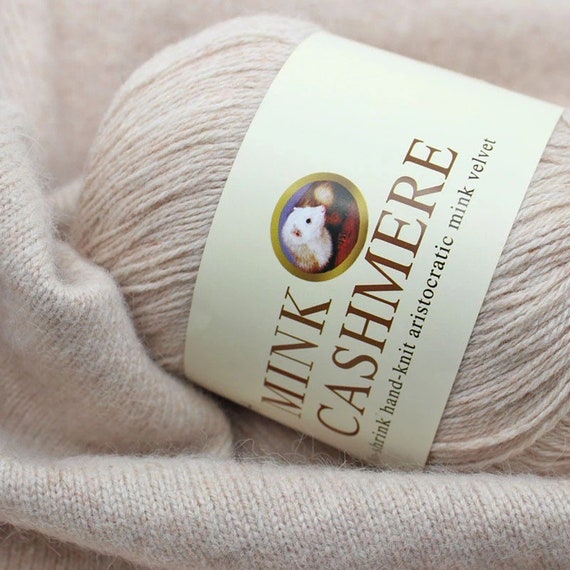Understanding the Various Sorts Of Cashmere a Natural Fiber and Their Unique Advantages

The Origins of Cashmere: A Historical Introduction
While the lavish touch of cashmere remains to beauty modern-day customers, its origins map back to the severe, cold climates of Mongolia and the Mountain ranges. For centuries, the indigenous peoples of these areas have actually been elevating Capra Hircus goats, the prime source of cashmere wool. These goats, resilient against the extreme winters, grew a great undercoat to survive, which later on became called cashmere. The name itself admires Kashmir, a region in India where the woollen was at first refined. Much of the early cashmere profession path was assisted in by the Silk Roadway, connecting Asia with the Center East and Europe. Despite its worldwide spread, the finest cashmere is still believed to stem from the initial regions of Mongolia and the Mountain Ranges.

The Production Process: From Goat to Garment
Shearing a Capra Hircus goat marks the creation of the elaborate cashmere manufacturing procedure. This delicate procedure commonly occurs annually during springtime. The penalty, soft undercoat is after that separated from the coarser external hair, a process known as dehairing. The resultant raw cashmere is then cleaned to remove contaminations such as dust, vegetable, and grease issue.
The clean fiber is subjected to dyeing, spinning, and weaving, or knitting, to transform it into a textile. Complex treatments such as quality assurance checks and completing processes adhere to, ensuring the end item maintains the glamorous requirement expected of cashmere. This painstaking process, from goat to garment, warrants the high price attached to cashmere products, making them an icon of luxury and improvement.
The Different Sorts Of Cashmere: An Extensive Evaluation

The One-of-a-kind Advantages of Cashmere: Comfort and Sustainability
Moving from the selection of cashmere types to the advantages they use, comfort and sustainability stand out plainly. Cashmere, an all-natural fiber, is renowned for its unparalleled gentleness, giving a level of convenience that synthetic fibers can not match. Continue The product's lightness, yet impressive warmth retention, makes it optimal for all seasons. Moreover, cashmere's natural flexibility permits it to return to its initial shape, making it resistant to shrinking or stretching.
When it involves sustainability, cashmere is biodegradable and sustainable, as it's gathered from cashmere goats who regrow their coats yearly. what is cashmere. Unlike artificial fibers which can take centuries to disintegrate, cashmere's influence on the atmosphere is very little. This combination of comfort and sustainability makes cashmere a useful option for aware consumers

Taking Care Of Your Cashmere: Maintenance and Preservation Tips
While cashmere is unquestionably a lasting and luxurious option, it calls for specific care to preserve its quality and expand its life expectancy. To begin, cashmere should be hand washed utilizing chilly water and a mild cleaning agent. Cashmere items should be saved in a trendy and completely dry place, away from straight sunshine and dampness.
Purchasing Cashmere: Understanding Its Worth and Worth
Although cashmere might originally seem like an expensive financial investment, its long-lasting value and worth come to be evident when you consider its exceptional qualities. Recognized for its unparalleled gentleness and warmth, cashmere is a costs natural fiber that exceeds other products. Spending in cashmere, therefore, is not have a peek at this website just about present fashion trends, however concerning welcoming a sustainable, durable, and extravagant way of living.
Verdict
In recap, the kind of cashmere one picks, be it Mongolian, Chinese, or Italian, is determined by private choices for warmth, spending plan, luxury, and sustainability. Understanding the origins, manufacturing process, and special advantages of different types of cashmere can assist customers in their investment in this luxurious all-natural fiber.
Whether it's the exceptional this contact form warmth of Mongolian cashmere, the affordability of Chinese cashmere, or the eco-conscious production of Italian cashmere, there's a tale to be uncovered behind each fiber kind. Cashmere, a natural fiber, is renowned for its unmatched soft qualities, offering a level of convenience that synthetic fibers can't match.When it comes to sustainability, cashmere is renewable and naturally degradable, as it's gathered from cashmere goats who regrow their coats every year. Known for its unmatched softness and heat, cashmere is a premium natural fiber that outperforms other products. Understanding the beginnings, production process, and unique advantages of various types of cashmere can lead customers in their investment in this elegant all-natural fiber.